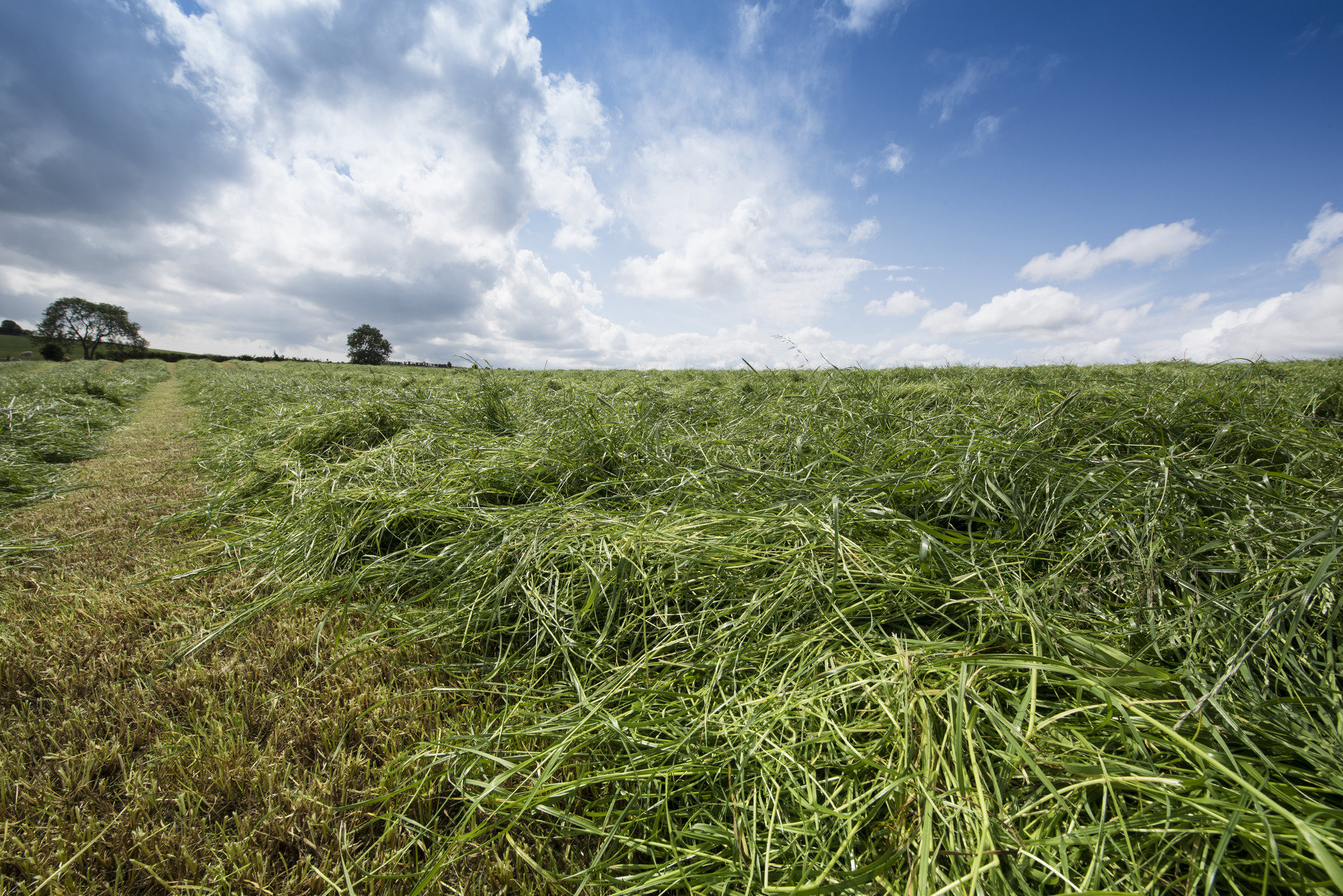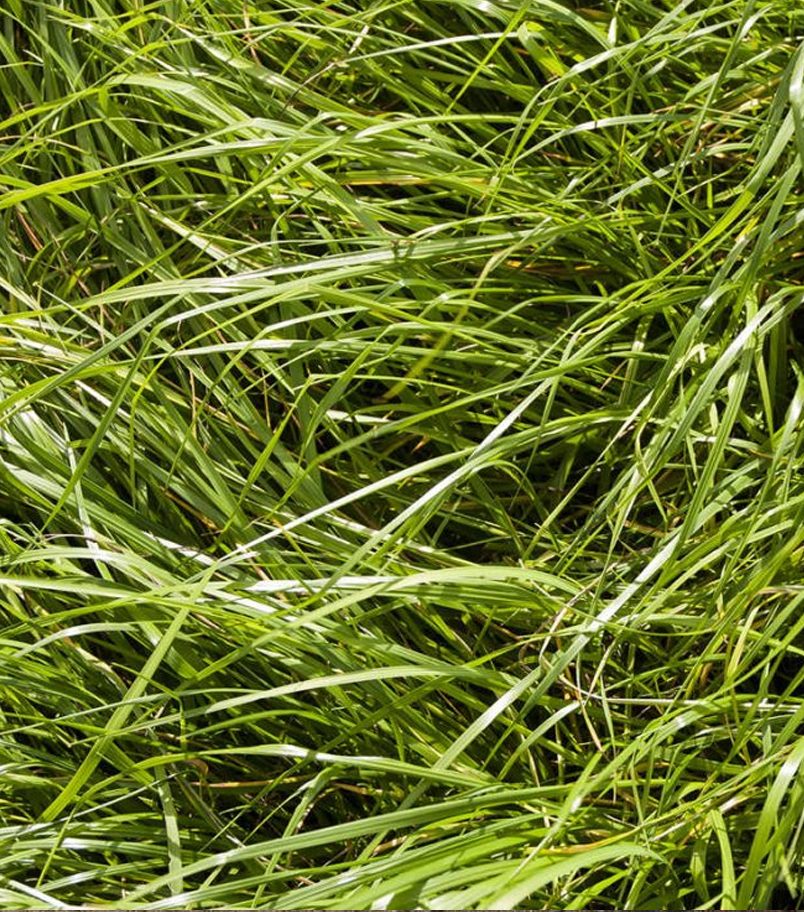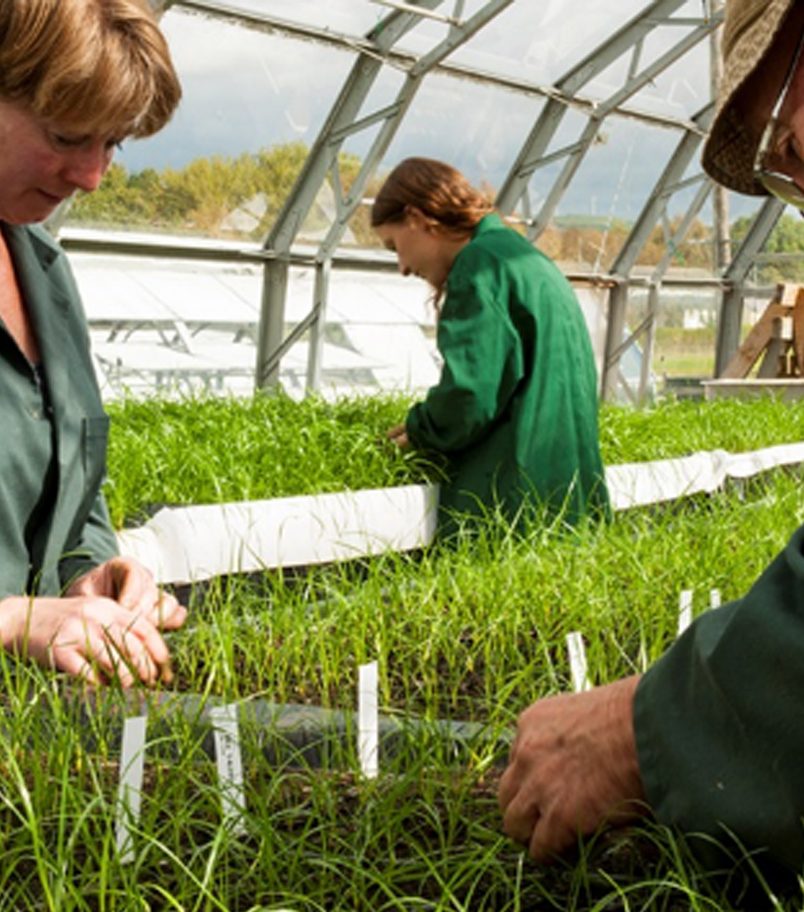With spring grazing well underway in many areas, now is the time to look forward and think about how to best manage a potential surplus of grass.
Learning from previous years and planning ahead are the first steps in managing excess grass supply. Managing the surplus well helps ensure you are making the most of your forage and grass remains a cost-effective feed.
As grass growth reaches its peak, with growth rates exceeding 100kg/DM/ha in some areas, the supply of grass can outweigh the demands of grazing livestock. Running up to and during this time regular grass measurements are important in order to understand how grass covers are comparing to livestock requirements. If grass supply outweighs demand, you need a strategy for managing it. Being caught out and either putting cattle into covers that are too high or leaving excessive residuals behind has a detrimental effect on future grass quality and quantity.
Leaving pastures to grow too long can result in dead material building up at the base of the sward, reducing the feed value and grass utilisation. If fields grow beyond 3,000kg/DM/ha consider removing them from your grazing rotation and taking a silage cut or making bales. Bales offer a flexible alternative to silage, allowing a cut to be taken exactly when needed, maximising grass utilisation potential, rather than in sequence with scheduled silage cuts. Using bales also avoids the possible pitfalls of opening up the silage clamp unnecessarily.
The cut should be taken as soon as possible but it is important to know where, or if, the paddock is going back into a grazing rotation, so plan your timing with this in mind. And it’s a balancing act not to take too much as this can hinder subsequent grass growth. It can cause shortages when the field is added back into the rotation, particularly if conditions become drier.
During times of peak growth when covers are high across the grazing area, it can be useful to divide the area in two and take a cut from each half in consecutive weeks. This prevents covers from running out of control and helps maintain the grass wedge for the next grazing rotation.
For farms with typically dry conditions and poor grazing in summer, it may be worth choosing to not take a silage cut and keep the pastures as a standing crop to be strip grazed. This approach requires flexibility and the ability to put grass aside so it becomes ‘standing hay’. It is ideal for dry or late lactation cows and avoids the cost of harvesting. It doesn’t happen quickly though, so the land is out of production for a while and a potential disadvantage occurs if conditions do not dry out as much as you expect. If the field is cut later, it can produce poor quality silage.
Managing grass covers is fundamental to producing the right quality and quantity of forage during the grazing season. Planning ahead and not being caught out makes management easier and brings season-long benefits.



